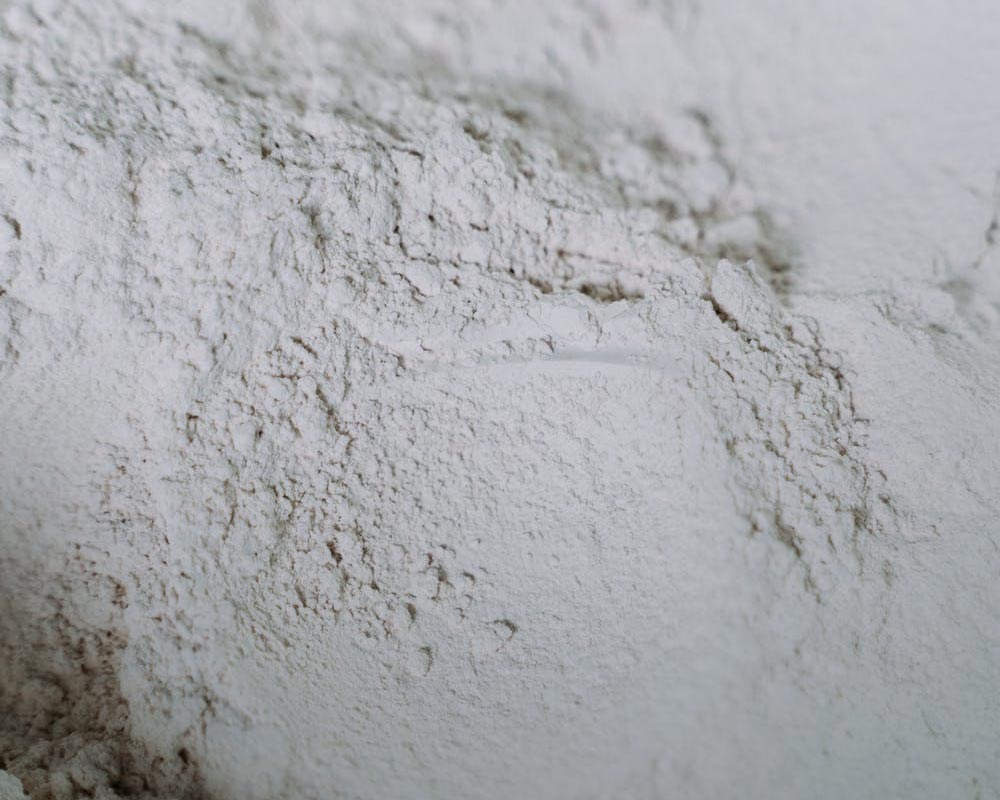Why should talcum powder be surface modified
Talc has a wide range of applications in various industries. As an inorganic filler, it can improve the rigidity, strength, hardness, and lubricity of products. With the development and needs of modern industry, higher and higher requirements are put forward for the performance of talc, especially the demand for ultra-fine talc in the domestic and foreign markets.

Why should talcum powder be surface modified?
Like other non-metallic mineral powder materials, the surface organic treatment of talc is very necessary. This is because the surface of talc powder contains hydrophilic groups and has high surface energy. As inorganic fillers and organic polymer molecular materials, there are great differences in chemical structure and physical form, lack of affinity, and need Surface treatment of talc particles is carried out to improve the interfacial bonding force between the talc powder and the polymer, and to improve the uniform dispersion and compatibility of the talc powder particles and the polymer.
In addition, when ultrafine talc is applied to coatings, due to its large surface area, more wetting dispersions are needed, which is difficult to disperse and affects the performance of coatings. Nowadays, some talcum powders with high oil absorption in latex paints are not processed by many manufacturers or only simple surface treatments, so its application is greatly restricted.
Surface modification method of talcum powder
The mechanism of talc modification is to use some small molecules or polymer compounds with amphoteric groups to modify the surface of one or two of the materials to be composited, with the purpose of better combining the two materials.
Product features of talc modifier
Talc modifier is a low molecular weight polymer, which integrates the functions of grinding aid, modification, lubrication, coupling, dispersion, etc. Each molecule has multiple amphiphilic groups, and its adsorption on the surface of inorganic powder is Part of the amphiphilic group faces the surface of the inorganic powder, and the other part faces the oily solution, and associates with the solution through intermolecular force or hydrogen bond, thereby forming a three-dimensional barrier to prevent particle contact and agglomeration, and play a role in inter-particle dispersion.
Talc modifier has excellent modification, grinding aid, dispersion and coupling effects, which can greatly reduce the oil absorption of the powder, and make the powder have hydrophilic and lipophilic characteristics, and improve the compatibility with the resin system, so as to achieve Low-viscosity processing requirements in plastic and rubber production.
(1) Surface coverage modification method
The surface coating modification method is to cover the surface of the particles with a surfactant or talc modifier, so that the surfactant or talc modifier is combined with the particle surface by adsorption or chemical bond, giving the particles new properties and making the particles The compatibility with the polymer is improved.
(2) Mechanochemical method
This method uses grinding, friction and other methods to make relatively large particles smaller, so that the surface activity of the particles becomes larger, that is, the surface adsorption capacity is enhanced, the process is simplified, the cost can be reduced, and the quality of the product is easier to control.
